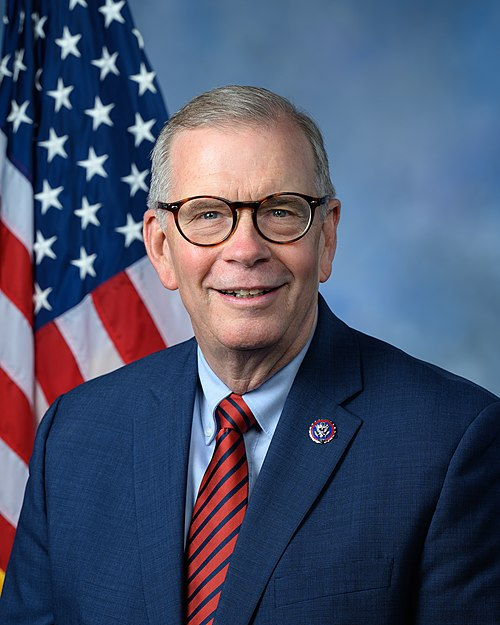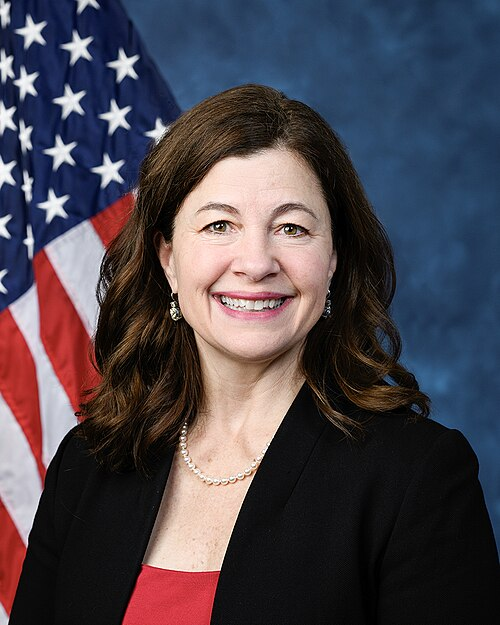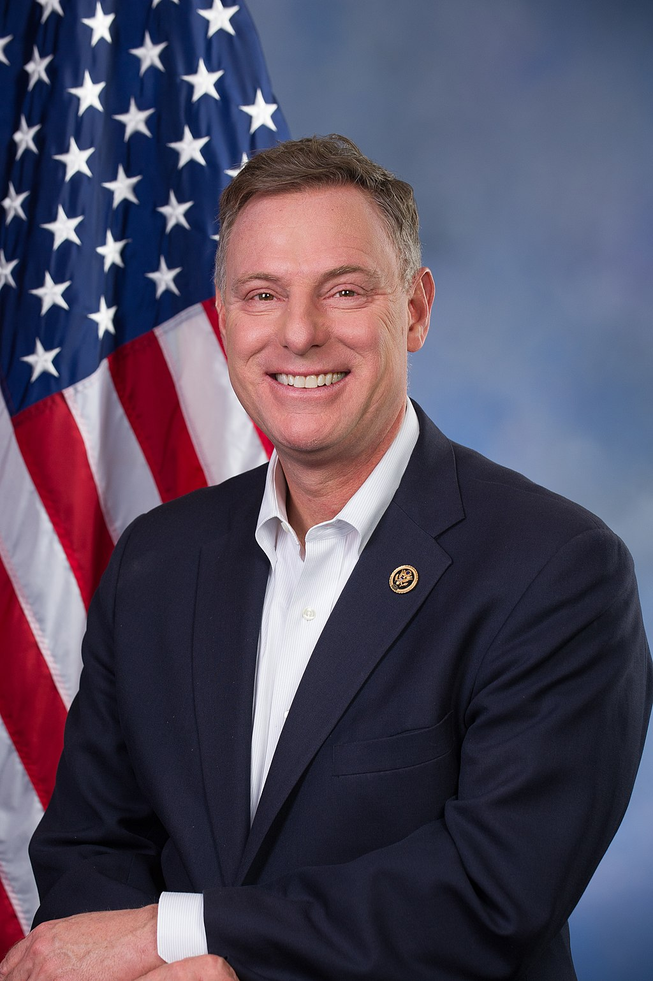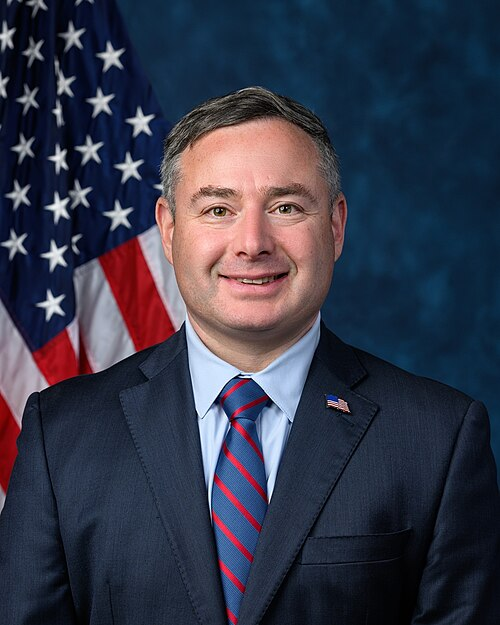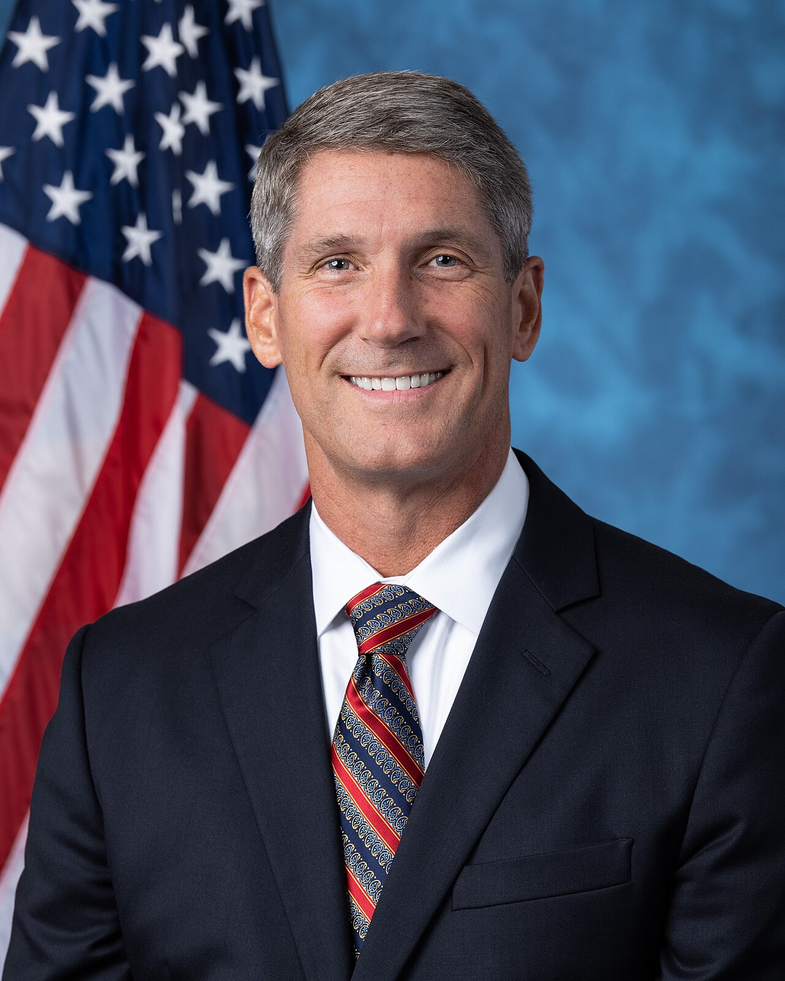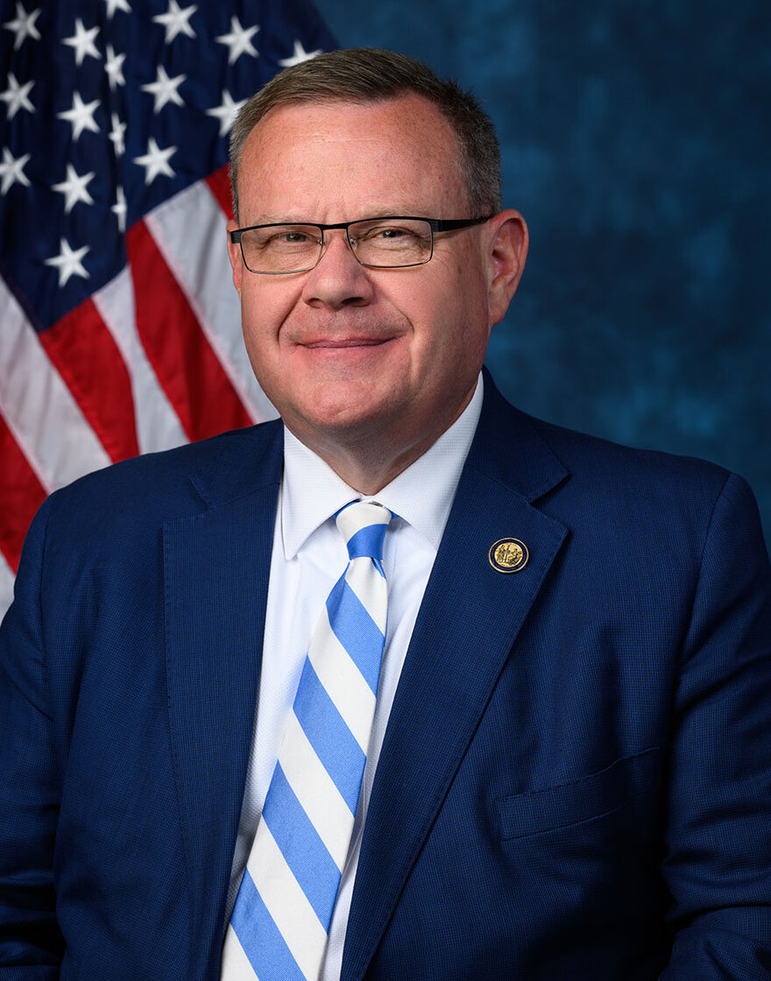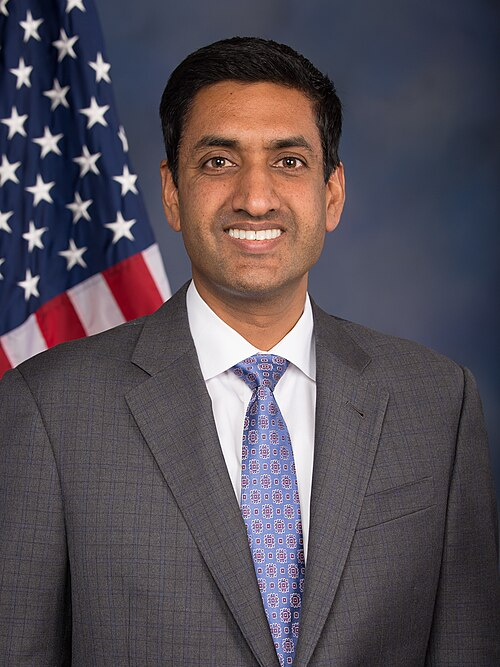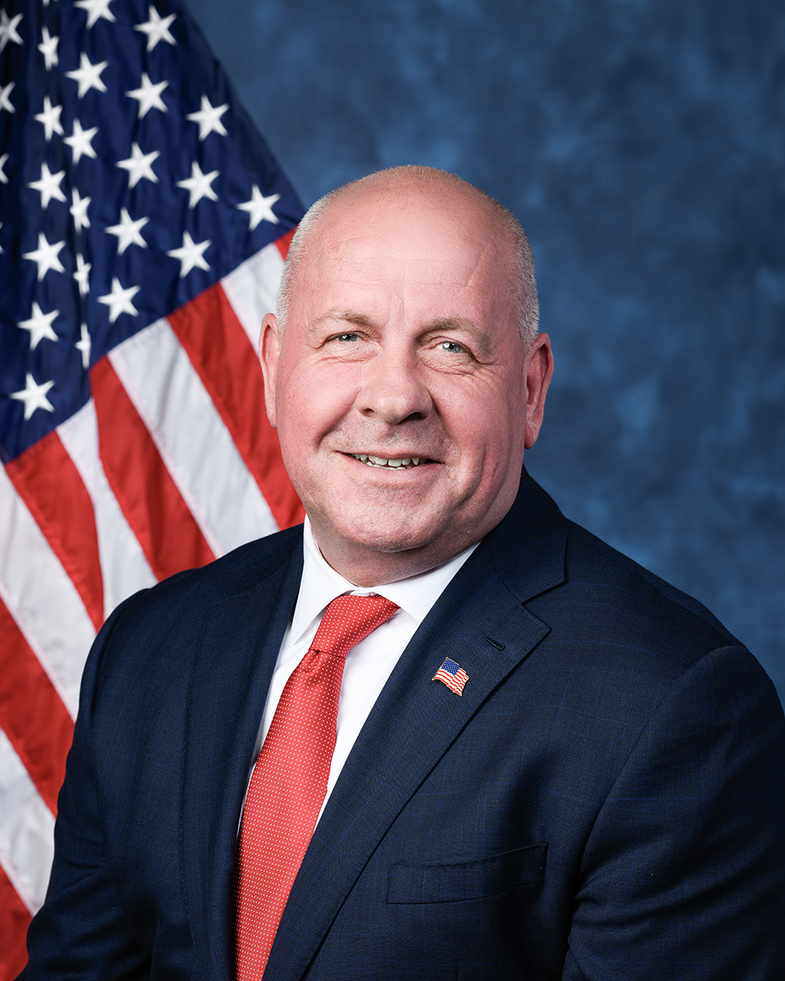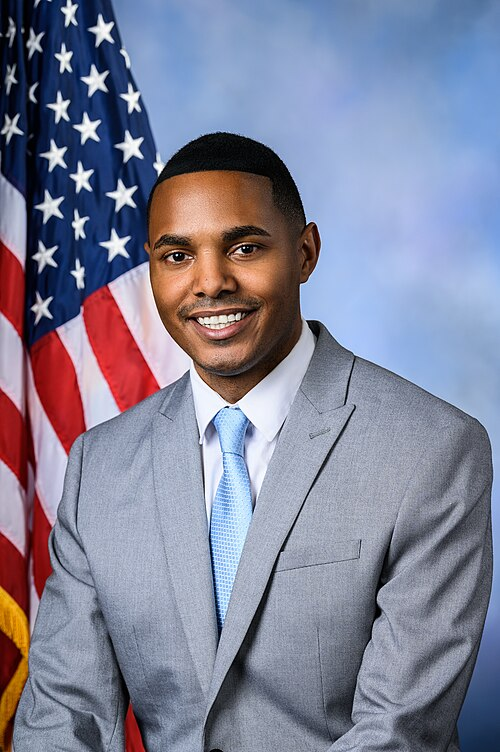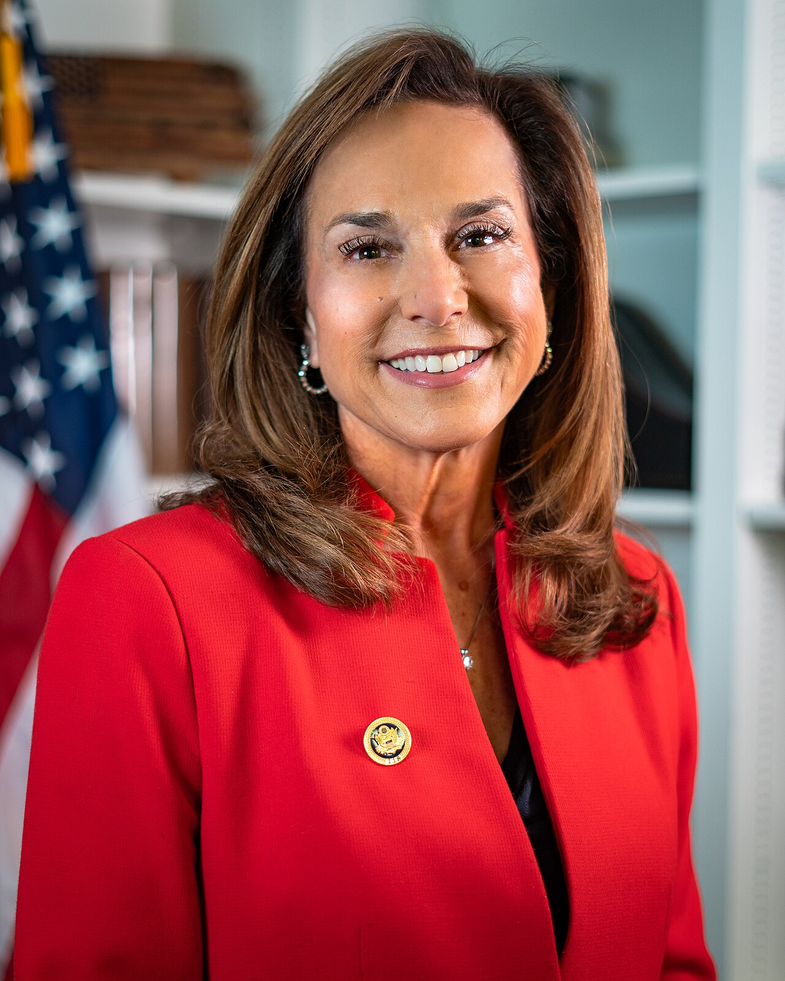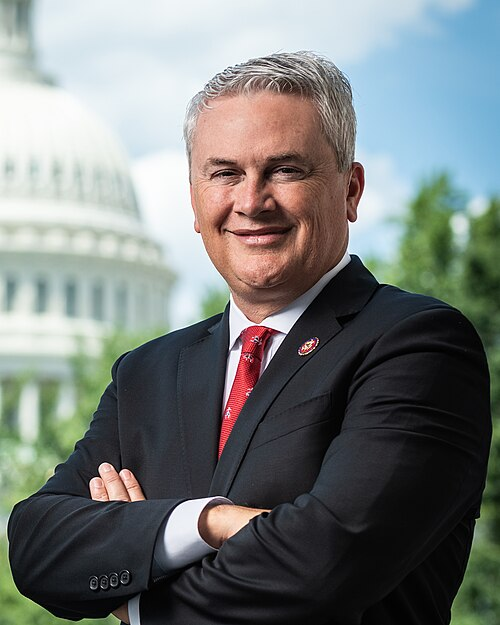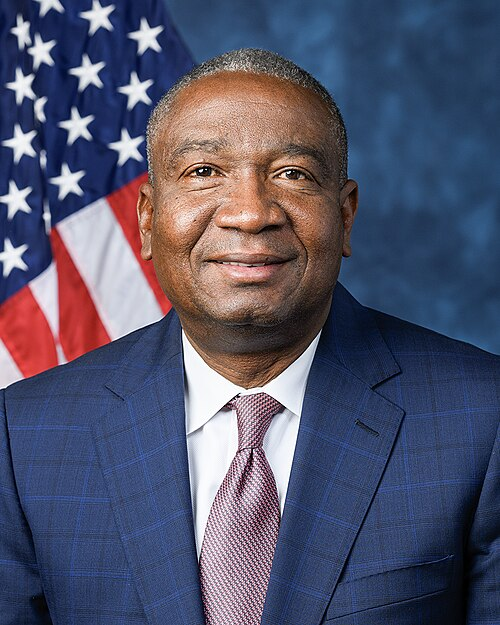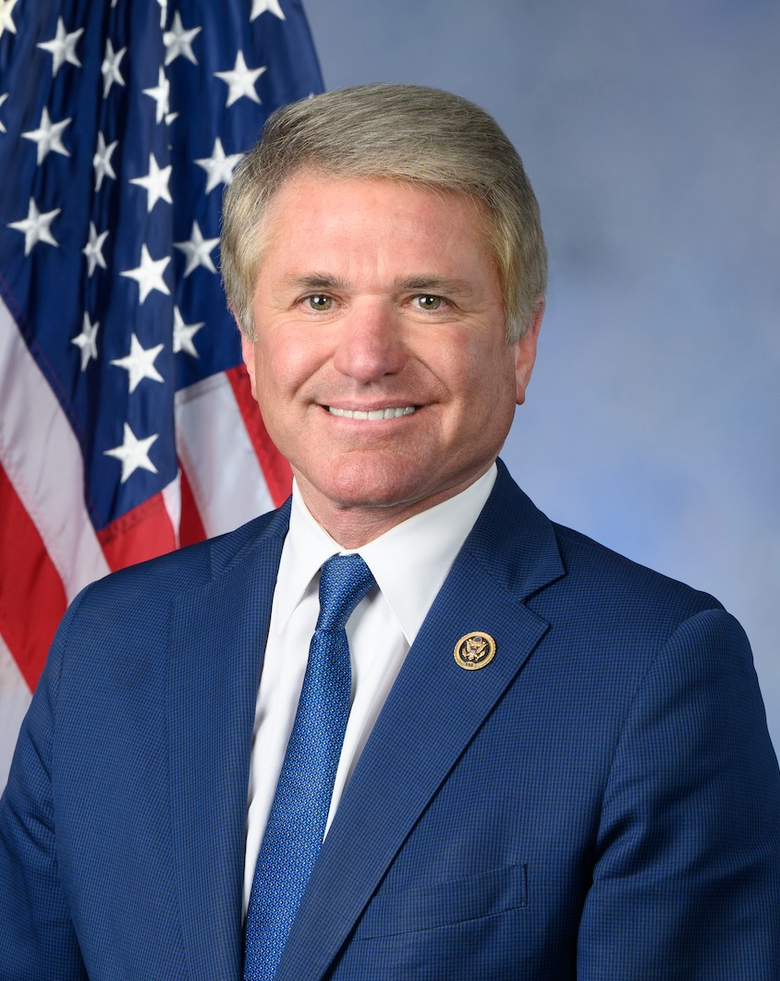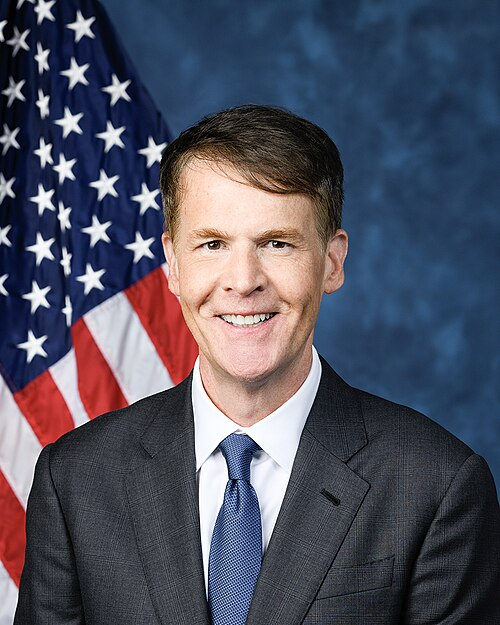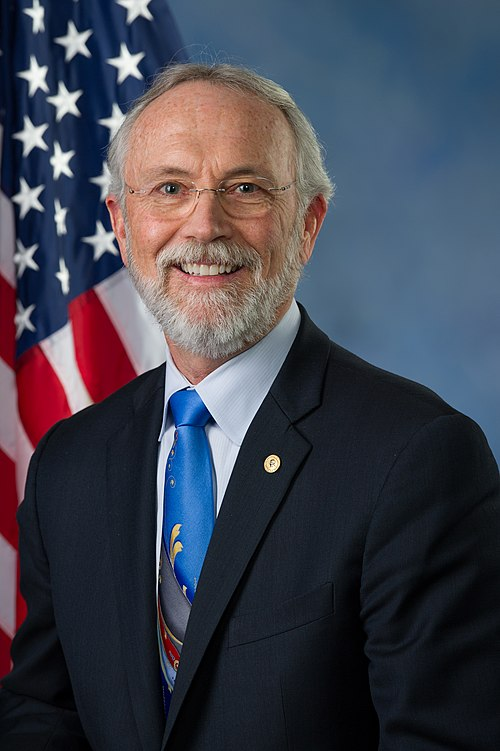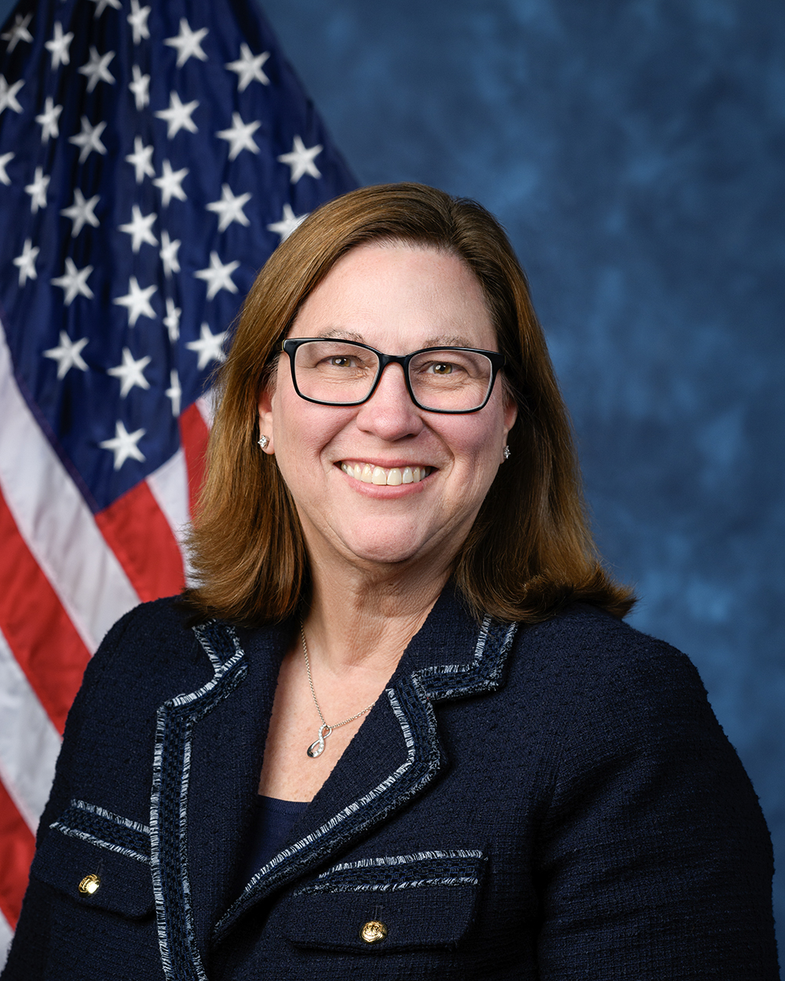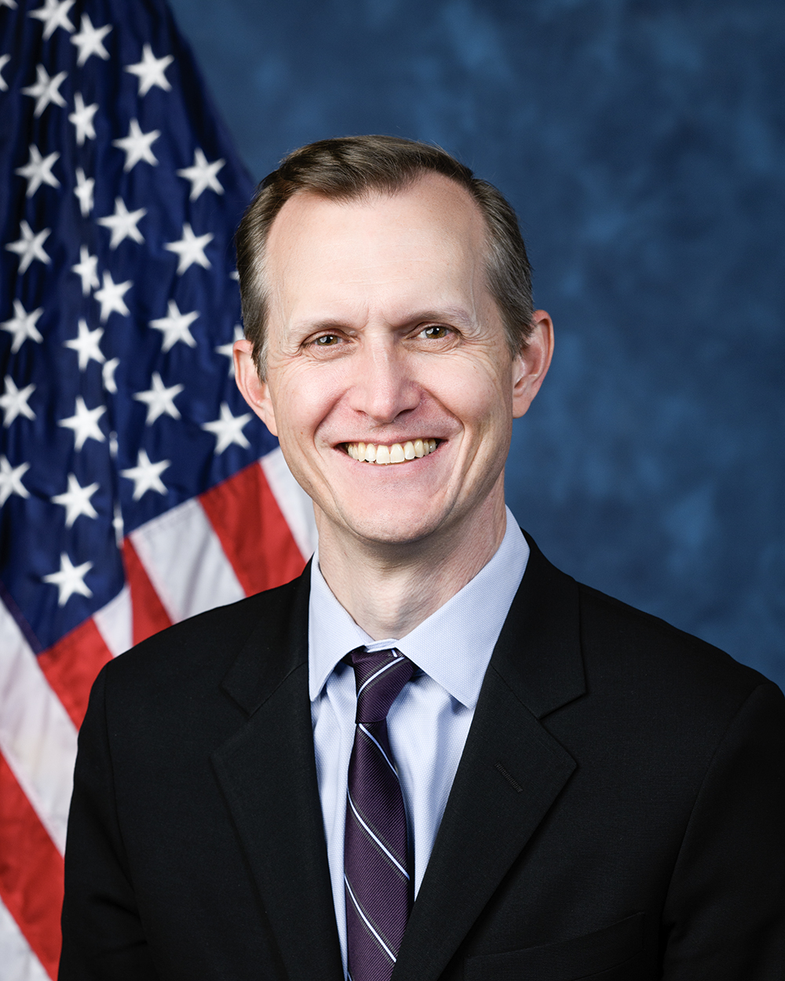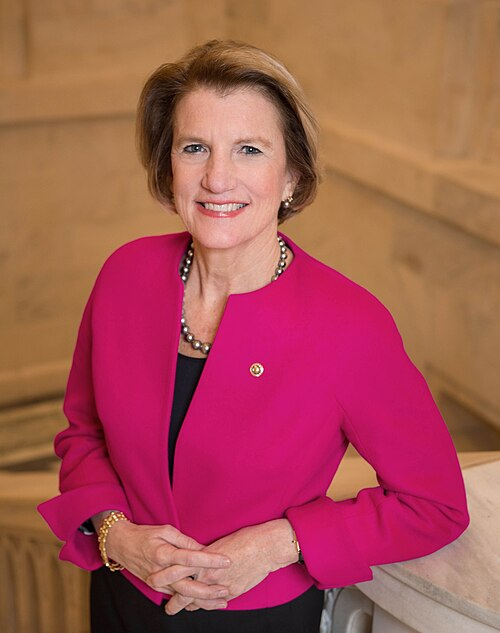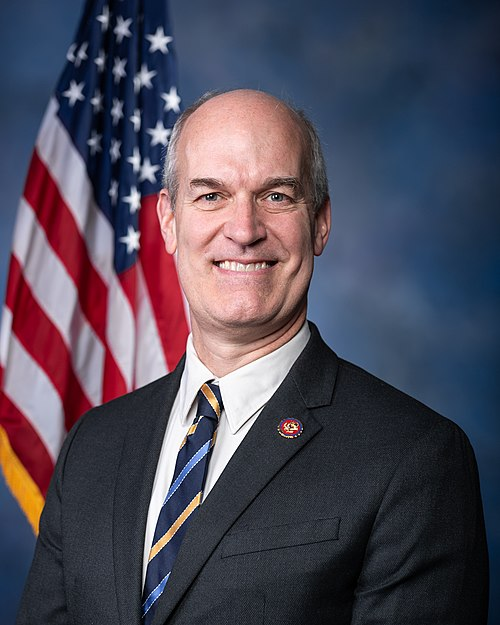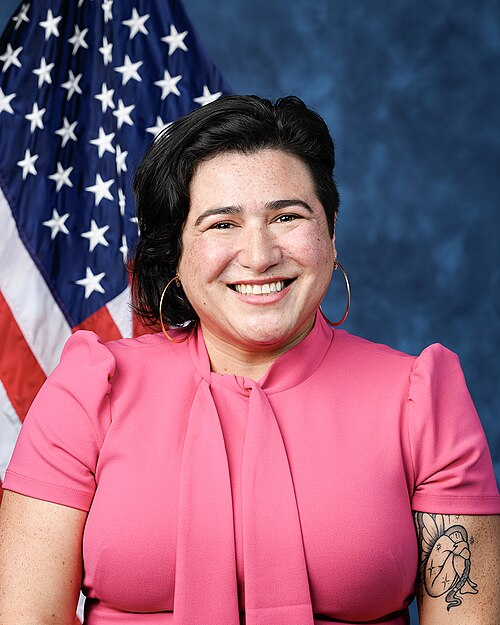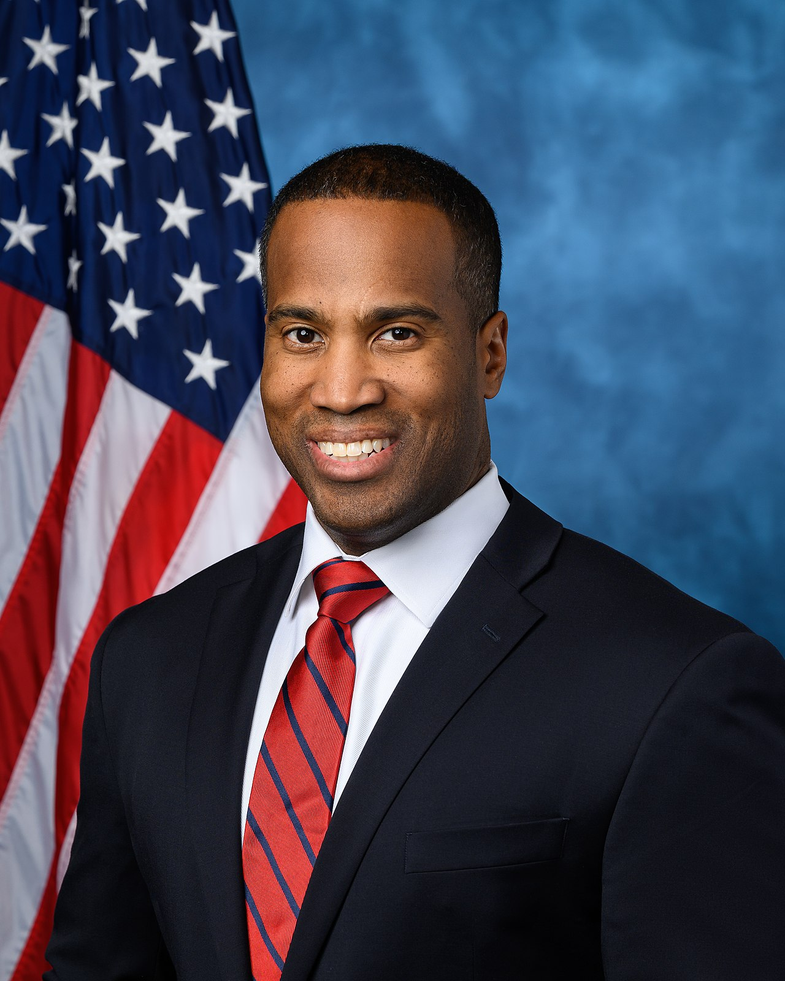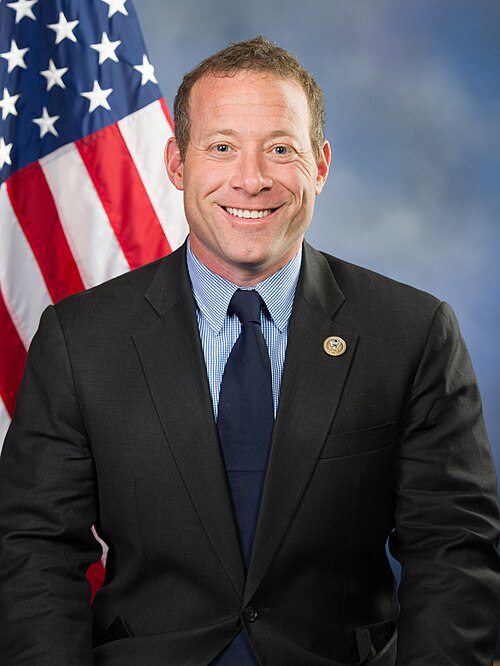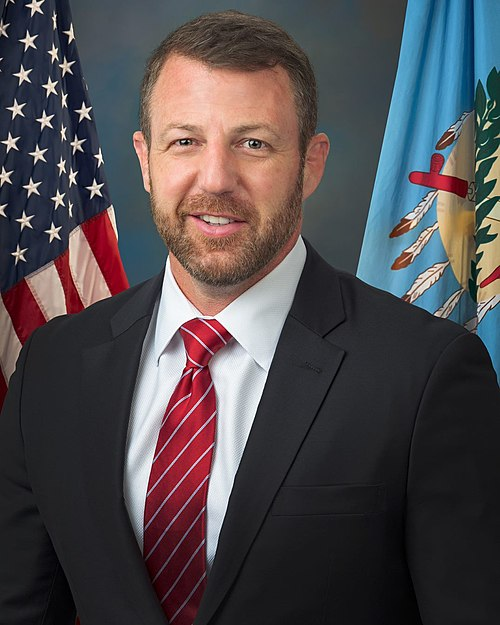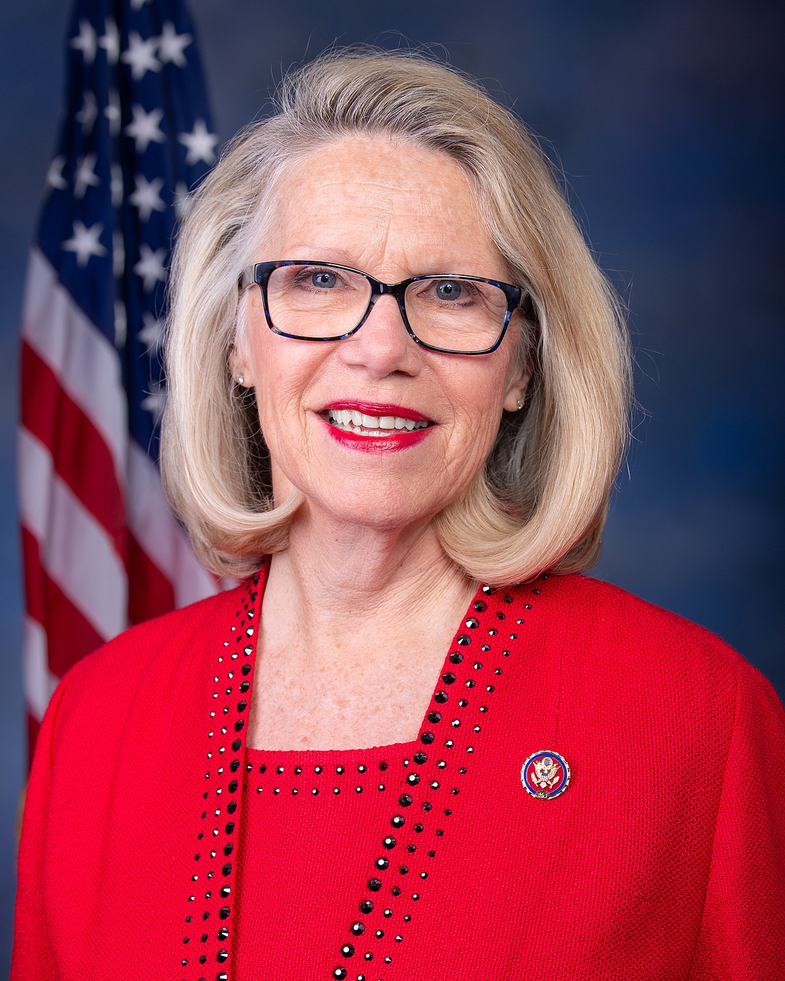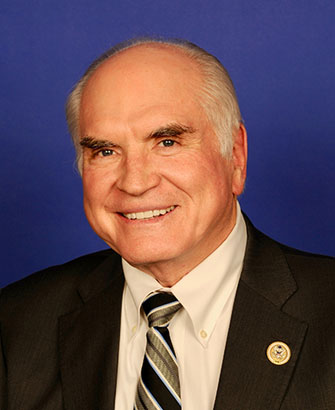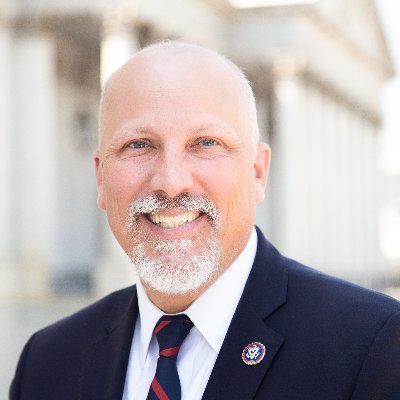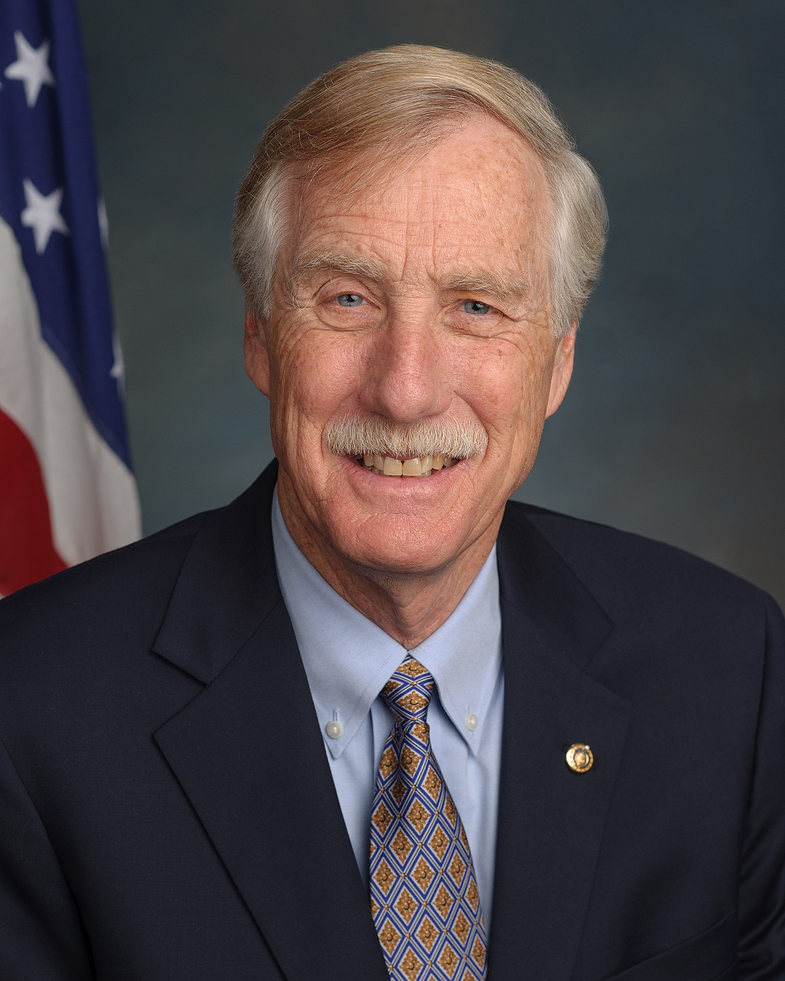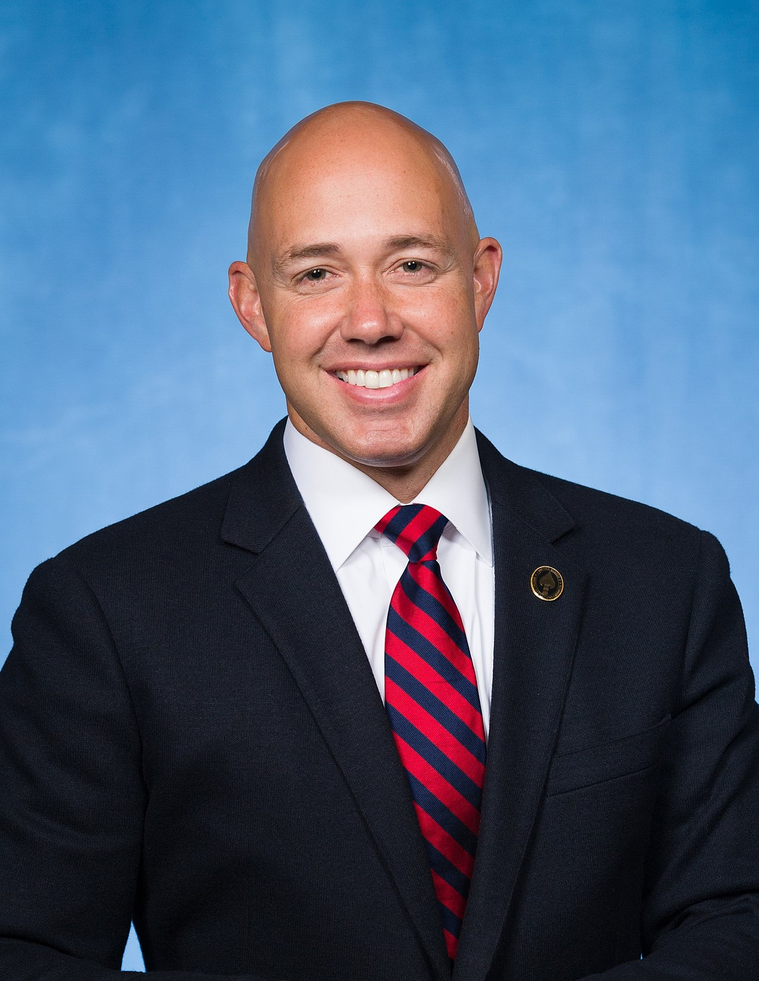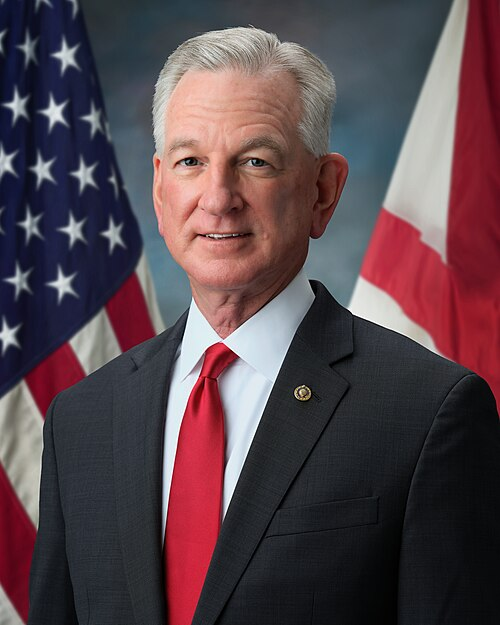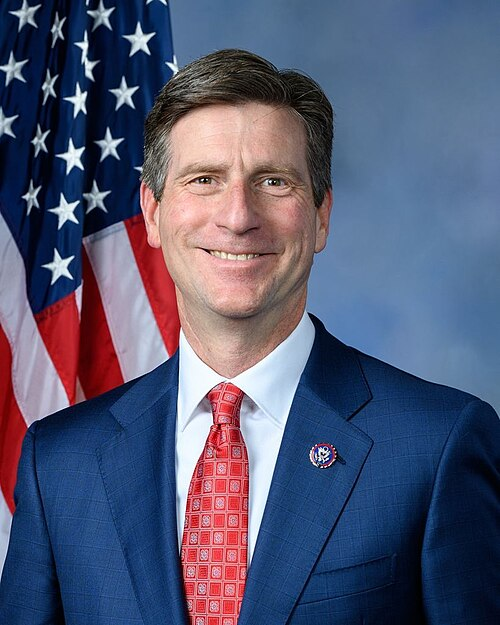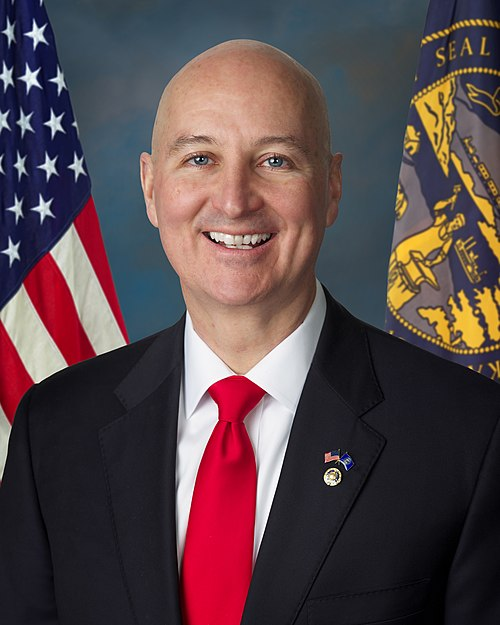H.R. 2805: Proper Leadership to Align Networks for Broadband Act
This bill, known as the Proper Leadership to Align Networks for Broadband Act (or PLAN for Broadband Act), proposes several measures aimed at addressing the digital divide in the United States by enhancing the accessibility and affordability of broadband internet services. Below are the key components of the bill:
National Strategy Development
Within a year of the bill's enactment, the Assistant Secretary of Commerce for Communications and Information is required to develop a comprehensive National Strategy to Close the Digital Divide. This strategy will:
- Support better management of federal broadband programs to ensure high-speed and affordable internet access for all individuals.
- Improve coordination among federal agencies involved in broadband programs.
- Simplify the process for granting easements, rights of way, or leases for broadband infrastructure on federal properties.
- Lower barriers and reduce costs for state, local, and Tribal governments participating in these federal programs.
Contents of the Strategy
The Strategy must include:
- A comprehensive list of federal and state-level broadband programs aimed at increasing access and affordability.
- Details on current federal efforts to coordinate these programs.
- Gaps and laws that may hinder coordination across federal programs.
- Defined roles and responsibilities for federal agency leaders and clear goals for broadband management.
- Information on costs and resources needed for the strategy's implementation.
- Recommendations for improving coordination and eliminating duplication among federal programs.
- Specific issues related to closing the digital divide on Tribal lands.
Implementation Plan
Within 120 days of the Strategy's submission to Congress, the Assistant Secretary must also create an Implementation Plan that includes:
- Specific actions to achieve the roles and responsibilities outlined in the Strategy.
- Accountability measures for covered agencies involved in executing the Strategy.
- Coordination mechanisms for federal agencies on broadband programs.
- Public engagement strategies to evaluate these programs and permitting processes.
- Plans to monitor and reduce waste and fraud in broadband programs.
- Plans to raise awareness and participation in federal broadband affordability programs.
Public Consultation and Reporting
The bill mandates public consultation during the development of the Strategy and Implementation Plan, ensuring input from various stakeholders including consumer groups, subject matter experts, broadband service providers, Tribal entities, and state and local agencies.
Subsequently, Congress will receive briefings on the implementation progress at regular intervals.
Study and Evaluation
The Government Accountability Office (GAO) is tasked with conducting a study to evaluate the effectiveness of the implemented Strategy and to provide recommendations for improvements within one year of the Implementation Plan's submission.
Definitions
The bill includes definitions for key terms such as:
- Covered agencies, which include various federal departments and commissions involved in broadband initiatives.
- Federal broadband programs, referring to initiatives aimed at enhancing broadband access and affordability.
Relevant Companies
- T - AT&T Inc.: Potentially impacted as a major telecommunications provider involved in broadband deployment.
- VZ - Verizon Communications Inc.: May see changes in regulatory requirements and opportunities to participate in federal programs.
- CMCSA - Comcast Corporation: As a broadband service provider, it may be affected by new federal initiatives aimed at increasing access.
This is an AI-generated summary of the bill text. There may be mistakes.
Sponsors
4 bill sponsors
Actions
2 actions
| Date | Action |
|---|---|
| Apr. 09, 2025 | Introduced in House |
| Apr. 09, 2025 | Referred to the House Committee on Energy and Commerce. |
Corporate Lobbying
1 company lobbying
